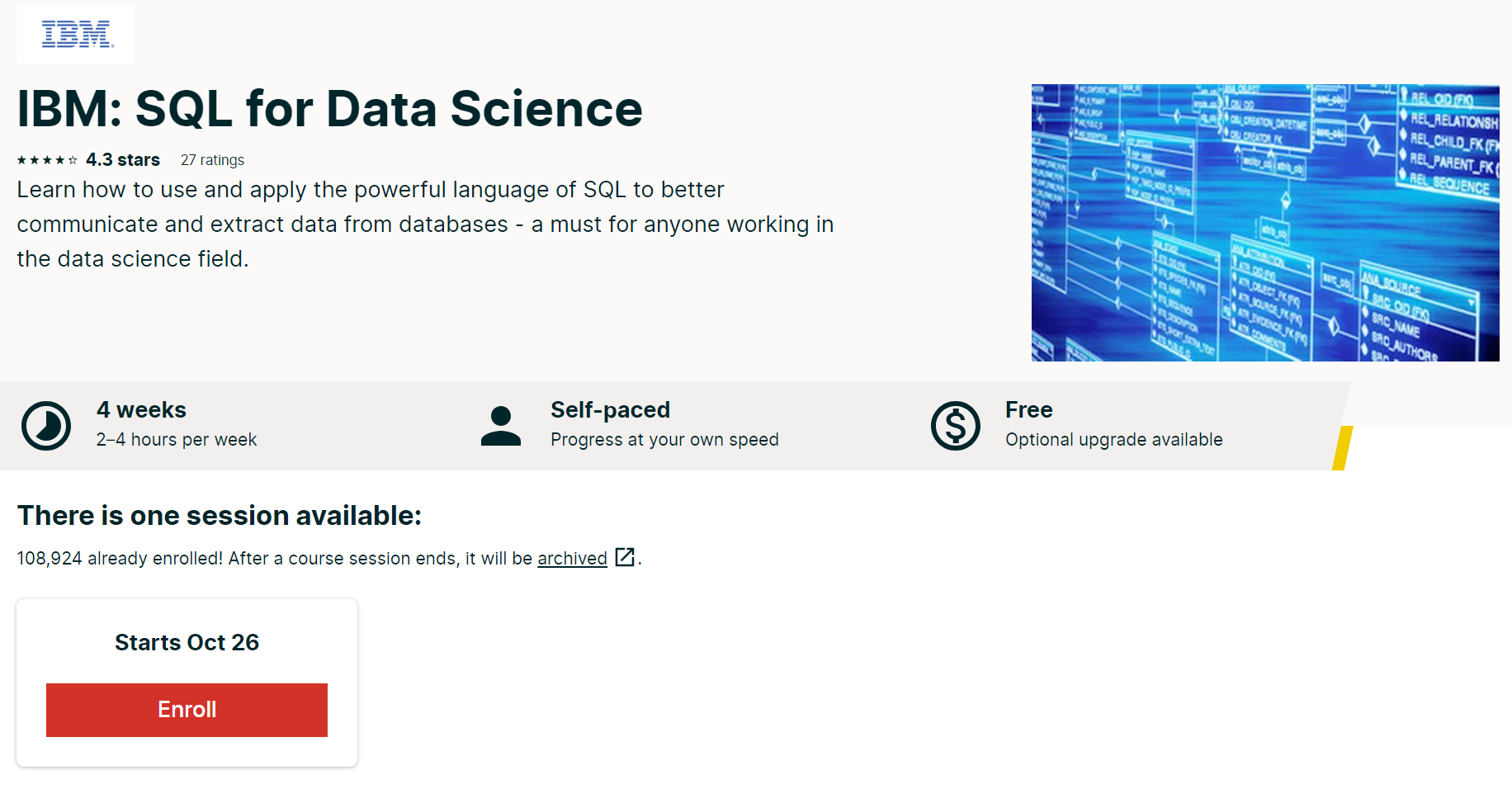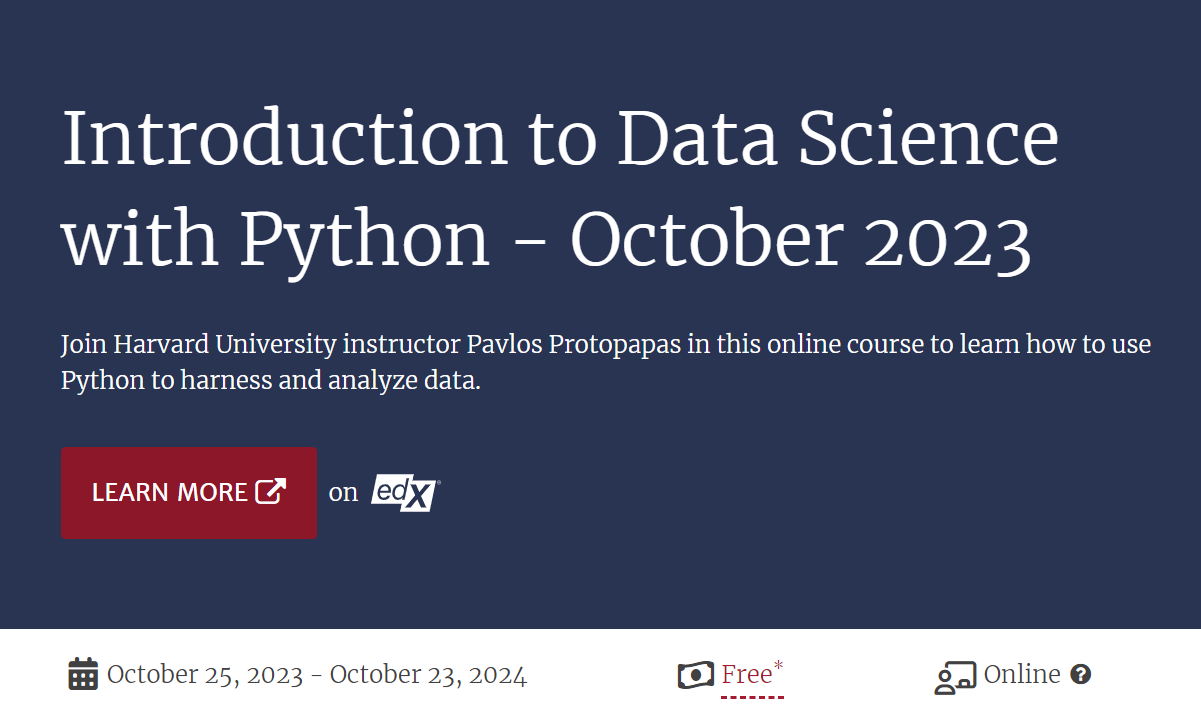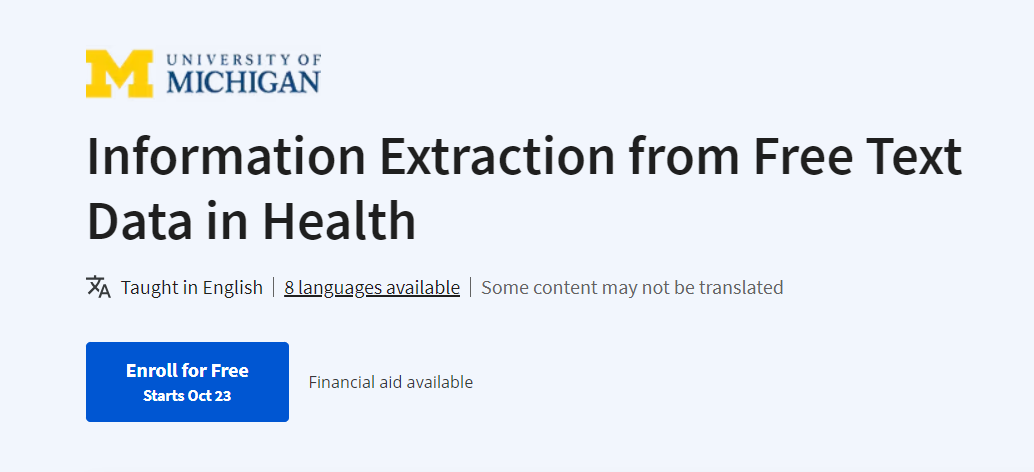What you'll learn
The basics of a machine learning system
How to deploy a machine learning model to a microcontroller
How to use machine learning to make decisions and predictions in an embedded system
There are 3 modules in this course
Machine learning (ML) allows us to teach computers to make predictions and decisions based on data and learn from experiences. In recent years, incredible optimizations have been made to machine learning algorithms, software frameworks, and embedded hardware. Thanks to this, running deep neural networks and other complex machine learning algorithms is possible on low-power devices like microcontrollers.
This course will give you a broad overview of how machine learning works, how to train neural networks, and how to deploy those networks to microcontrollers, which is known as embedded machine learning or TinyML. You do not need any prior machine learning knowledge to take this course. Familiarity with Arduino and microcontrollers is advised to understand some topics as well as to tackle the projects. Some math (reading plots, arithmetic, algebra) is also required for quizzes and projects.
We will cover the concepts and vocabulary necessary to understand the fundamentals of machine learning as well as provide demonstrations and projects to give you hands-on experience.





.png)
.png)

.png)

.png)
.jpg)

.png)


.png)


.png)


.png)

.png)


.png)

.png)
.PNG)
.png)

.png)


.png)

.png)









































